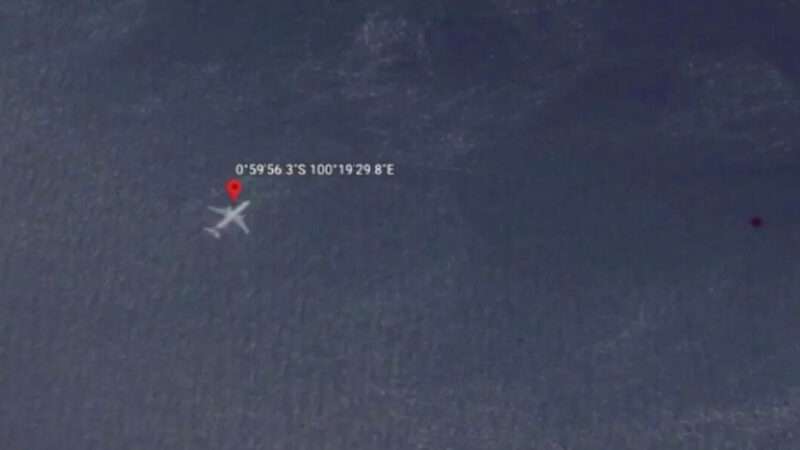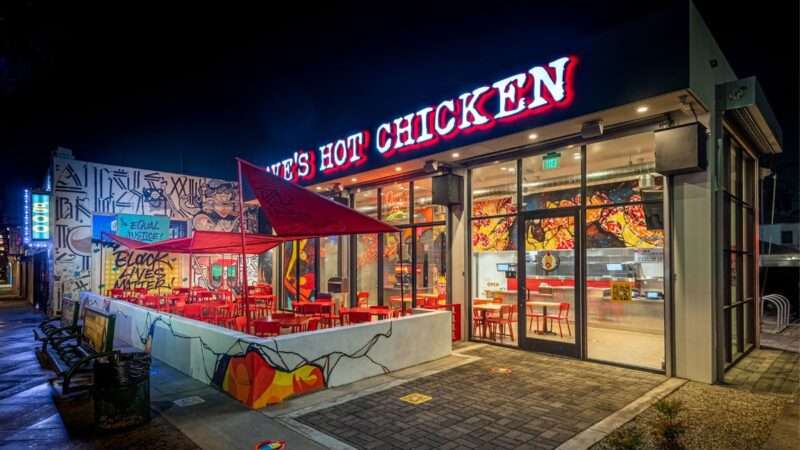What to Do If You Break Down at the Side of the Road
If you drive a car, you’ve almost certainly been there. You’re driving along (usually when the weather is at its most unkind), and your car starts making a noise you don’t recognise, or your tyre picks that moment to go flat.
When this happens, and whatever seems to be the problem goes beyond your rudimentary skills; or worse, if your car is one of the many now that don’t carry a spare as standard, you have the option of phoning a recovery vehicle either for a one-off job or as part of your existing cover.
What to Do If You Breakdown
There are, of course, steps you need to take before you call your breakdown service, but that can depend on where you are when things start to go wrong.
Breaking Down on a Motorway
Breaking down on the motorway is probably most drivers’ worst nightmare, yet it happens frequently. Unlike breaking down in a town or city, where there are people around breaking down by the side of the motorway can make you feel very horribly alone – except for three lanes of cars rushing past at speeds which seem much faster and more intimidating when you’re just stood there in the rain.
Of course, if you can exit the motorway, you should do so, as it is safer. This is not always possible, but either way, the first thing you should do when you have stopped is to turn the hazard lights on so other road users know that you are in trouble. It doesn’t matter whether it is a shiny bright shiny day in the middle of summer or early in the morning in late December, those lights need to go on, as well as any side lights if you possibly can.
Use the doors furthest away from traffic to exit your vehicle, so the driver may have to clamber over the passenger seat before getting out. It is usually safest to wait by the side of your car on the other side of any barriers, or at least a good distance away from your car – which might not seem that appealing if it is minus 3 outside – but is considerably safer than being in your car should it be hit by another vehicle.
Breaking Down in a Town or City
If you break down somewhere more central, the situation will be slightly different, and unlike breaking down on the motorway, this is the time to put down signage, like a warning triangle. Even if your problem is a flat tyre, open the bonnet of your vehicle so that even those who fail to see your hazard lights and the warning triangle will see a car with its bonnet open, and realise that you aren’t going anywhere.
What You Can Do
With a situation like a faulty engine, there is usually not much that can be done, and your vehicle will likely need to be towed away. Changing a tyre is considerably simpler than engine repairs. However, chances are that the wheels already on your car were put on using a mechanical device, so any attempt to get them off using the tools in the back of your car is likely to be fruitless unless you can perform some sort of gymnastics or have near superhuman strength.
On other occasions, though, you might find that your car simply does not start after it’s been left idle for a while, or you find out that you’ve left your lights on. While this is certainly something that you’ll be kicking yourself for later, in situations like this you will also need to call a recovery service.
What Your Recovery Driver Can Do
You may have to wait (depending on your situation) for the recovery vehicle to arrive, but when they do, they are likely to park in a manner shielding your vehicle from traffic.
It will also keep the driver safe while they inspect or work on your car. They will also deploy other measures, such as cones, depending on where you have broken down, but they will also use a Flashing amber beacon light to alert other drivers to what is going on. This is a key step in ensuring the safety of everyone involved, as the better-quality ones can be seen well in advance and other road users can plan accordingly.
Final Thoughts
Breaking down can, as well as being inconvenient, be very dangerous. When it happens, you can take measures to ensure your safety before the recovery driver turns up. Once they arrive, you can use resources like beacon lights to alert drivers to their presence and get on with the business of fixing or towing your vehicle as quickly and as safely as possible.






